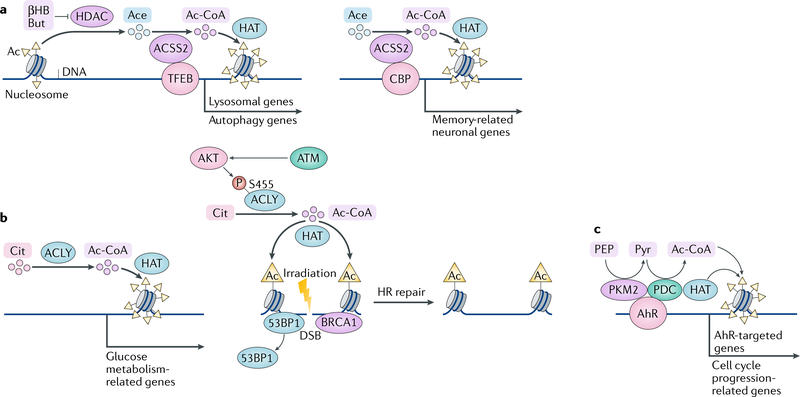Fig. 5 |. Acetylation of histones regulated by metabolic enzymes and metabolites.
a | Histone acetylation (Ac) is mediated by histone acetyltransferases (HATs) and reversed by histone deacetylases (HDACs). Both enzyme groups are metabolically regulated. HDACs are inhibited by β-hydroxybutyrate (βHB) and butyrate (But). Acetyl-CoA (Ac-CoA) synthetase short-chain family member 2 (ACSS2) fuels the activity of HATs by producing Ac-CoA from acetate (Ace) locally. By forming complexes with transcription factor EB (TFEB) (left panel) or cAMP-responsive element-binding protein (CBP) (right panel), ACSS2 regulates the expression of lysosomal and autophagy genes and memory-related neuronal genes, respectively. b | Nuclear ATP citrate (Cit) synthase (ACLY) produces nuclear Ac-CoA to regulate expression of glucose metabolism-related genes (left panel) or DNA repair by homologous recombination (HR) (right panel). In the context of DNA repair, ACLY is regulated by phosphorylation (P) mediated by protein kinase B (AKT), which acts downstream of DNA double-strand break (DSB)-activated ataxia-telangiectasia mutated (ATM) kinase. c | Pyruvate dehydrogenase complex (PDC) together with pyruvate kinase M2 isoform (PKM2) and HAT coordinately acetylates histones and activates expression of genes regulated by aryl hydrocarbon receptor (AhR) as well as genes involved in cell cycle progression. 53BP1, TP53-binding protein; BRCA1, breast cancer type 1 susceptibility protein; PEP, 2-phosphoenolpyruvate; Pyr, pyruvate.

